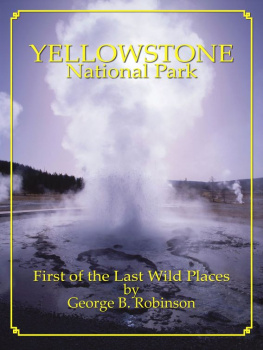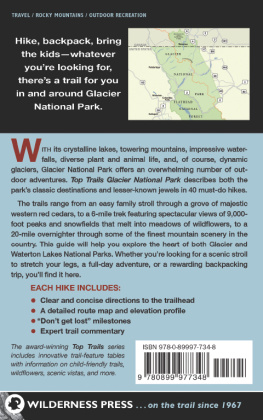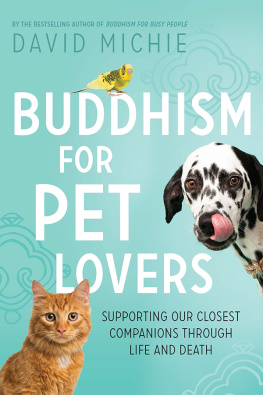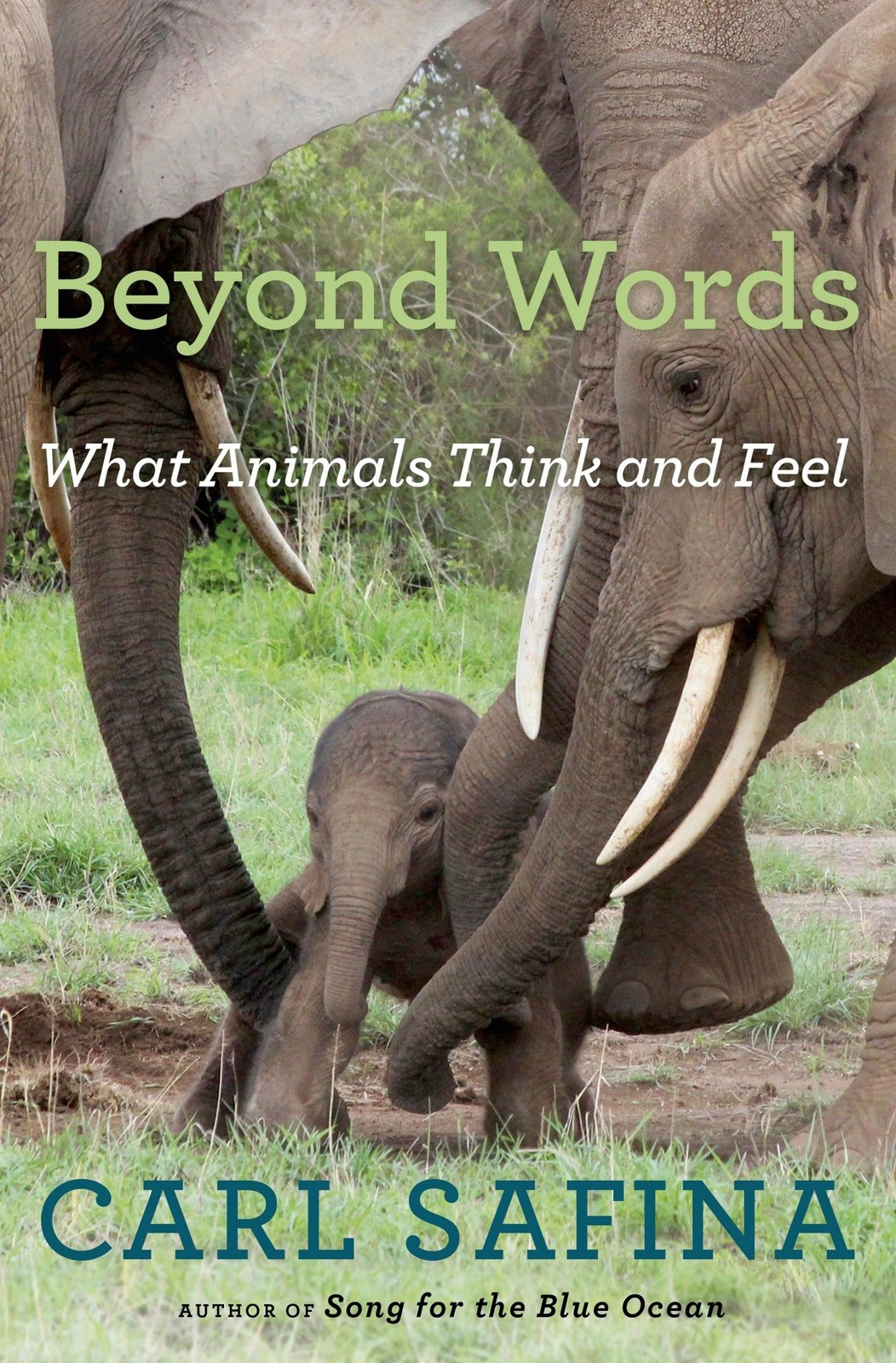Contents
Guide
ALSO BY CARL SAFINA
The View from Lazy Point
A Sea in Flames
Nina Delmar; The Great Whale Rescue (for children)
Voyage of the Turtle
Eye of the Albatross
Song for the Blue Ocean
Beyond Words


Henry Holt and Company, LLC
Publishers since 1866
175 Fifth Avenue
New York, New York 10010
www.henryholt.com
Henry Holt and  are registered trademarks of Henry Holt and Company, LLC.
are registered trademarks of Henry Holt and Company, LLC.
Copyright 2015 by Carl Safina
All rights reserved.
Distributed in Canada by Raincoast Book Distribution Limited
Library of Congress Cataloging-in-Publication Data
Safina, Carl, 1955.
Beyond words: what animals think and feel / Carl Safina.First edition.
pages cm
A John Macrae Book.
Includes bibliographical references and index.
ISBN 978-0-8050-9888-4 (hardcover)ISBN 978-0-8050-9889-1 (electronic book)
1. Animal psychology. 2. Animal behavior. 3. ElephantsPsychology. 4. WolvesPsychology. 5. WhalesPsychology. 6. Psychology, Comparative. I. Title.
QL785.S14 2015 591.56dc23
2014045385
Henry Holt books are available for special promotions and premiums. For details contact: Director, Special Markets.
First Edition 2015
Designed by Kelly Too
Printed in the United States of America
1 2 3 4 5 6 7 8 9 10
For the people in these pages who watch and truly listen, who tell us what they are hearing in other voices that share our air, and in the silence
I thought of the long ages of the past during which the successive generations of these things of beauty had run their course with no intelligent eye to gaze upon their loveliness, to all appearances such a wanton waste of beauty. This consideration must surely tell us that all living things were not made for man. Their happiness and enjoyments, their loves and hates, their struggles for existence, their vigorous life and early death, would seem to be immediately related to their own well-being and perpetuation alone.
Alfred Russel Wallace, The Malay Archipelago, 1869
We patronize them for their incompleteness, for their tragic fate of having taken form so far below ourselves. And therein we err, and greatly err. For the animal shall not be measured by man. In a world older and more complete than ours they move finished and complete, gifted with extensions of the senses we have lost or never attained, living by voices we shall never hear. They are not brethren, they are not underlings; they are other nations, caught with ourselves in the net of life and time, fellow prisoners of the splendour and travail of the earth.
Henry Beston, The Outermost House, 1928
CONTENTS
Into the Mind Field
PART ONE: TRUMPETS OF ELEPHANTS
The Big Question
The Same Basic Brain
Distinctly Human?
Deep and Ancient Circuits
We Are Family
Motherhood Happens
Do Elephants Love Their Babies?
Elephant Empathy
Good Grief
I Dont Know How You Say Good-bye
I Say Hello
Holding Back, Letting Go
Troubled Minds
Ebony and Ivory
Where Baby Elephants Come From
PART TWO: HOWLS OF WOLVES
Into the Pleistocene
A Perfect Wolf
Packing and Unpacking
The Wolf Named Six
A Shattering of Promises
In a Time of Truce
Magnificent Outcasts
Where the Wolf Birds Lead Us
Wolf Music
The Hunter Is a Lonely Heart
A Will to Live
Domestic Servants
Two Ends of the Same Leash
PART THREE: WHINES AND PET PEEVES
Never Mind Theory
Sex, Lies, and Humiliated Seabirds
Conceit, Deceit
Chuckles and Wacky Ideas
Mirror, Mirror
And Speaking of Neurons
People of an Ancient Nation
PART FOUR: KILLER WAILS
Sea Rex
A More Complex Killer
Just Very Sexual
Inner Visions
Diverse Minds
Intelligent in What Way?
The Social Brain
Woo-Woo
Helping in Mind
Do Not Disturb
To Have and to Hold
Expect Personality
A Vision True and Mighty
EPILOGUE: Final Scratch
Notes
Selected Bibliography
Acknowledgments
Index
Beyond Words
Into the Mind Field
Ask now the beasts, and they shall teach thee; and the fowls of the air, and they shall tell thee: Or speak to the earth, and it shall teach thee: and the fishes of the sea shall declare unto thee.
Job 12:78, King James Version
Another big group of dolphins had just surfaced alongside our moving vesselleaping and splashing and calling mysteriously back and forth in their squeally, whistly way, with many babies swift alongside their mothers. And this time, confined to just the surface of such deep and lovely lives, I was becoming unsatisfied. I wanted to know what they were experiencing, and why to us they feel so compelling and so close . This time I allowed myself to ask them the question that for a scientist is forbidden fruit: Who are you? Scientists usually steer firmly from questions about the inner lives of animals. Surely they have inner lives of some sort. But like a child who is admonished that what they really want to ask is impolite, a young scientist is taught that the animal mindif there is suchis unknowable. Permissible questions are it questions: about where it lives, what it eats, what it does when danger threatens, how it breeds. But always forbidden always forbiddenis the one question that might open the door to the interior: Who?
There are good reasons to avoid so fraught an inquiry and the cans of worms such a door could open. But the barrier between humans and animals is artificial, because humans are animals. And now, watching these dolphins, I was tired of being so artificially polite; I wanted more intimacy. I felt time slipping for both of us, and I did not want to risk having to say good-bye and realizing that Id never really said hello. During the cruise Id been reading about elephants, and elephant minds were on my own mind as I wondered about the dolphins and watched them pacing fluidly and freely in their ocean realm. When a poacher kills an elephant, he doesnt just kill the elephant who dies. The family may lose the crucial memory of their elder matriarch, who knew where to travel during the very toughest years of drought to reach the food and water that would allow them to continue living. Thus one bullet may, years later, bring more deaths. Watching dolphins while thinking of elephants, what I realized is: when others recognize and depend on certain individuals, when a death makes the difference for individuals who survive, when relationships define us, we have traveled across a certain blurry boundary in the history of life on Earthit has become who.
Who animals know who they are; they know who their family and friends are. They know their enemies. They make strategic alliances and cope with chronic rivalries. They aspire to higher rank and wait for their chance to challenge the existing order. Their status affects their offsprings prospects. Their life follows the arc of a career. Personal relationships define them. Sound familiar? Of course. They includes us. But a vivid, familiar life is not the domain of humans alone.
We look at the world through our own eyes, naturally. But by looking from the inside out, we see an inside-out world. This book takes the perspective of the world outside usa world in which humans are not the measure of all things, a human race among other races. To understand anything, really, one must go deep, to the roots. In our estrangement from nature we have severed our sense of the community of life and lost touch with the experience of other animals. So while I went in search of particular who animals, I delved into new findings about thought, emotion, and consciousness that apply to many animals. And because everything about life occurs along a sliding scale, understanding the human animal becomes easier in context, seeing our human thread woven into the living web among the strands of so many others.










 are registered trademarks of Henry Holt and Company, LLC.
are registered trademarks of Henry Holt and Company, LLC.